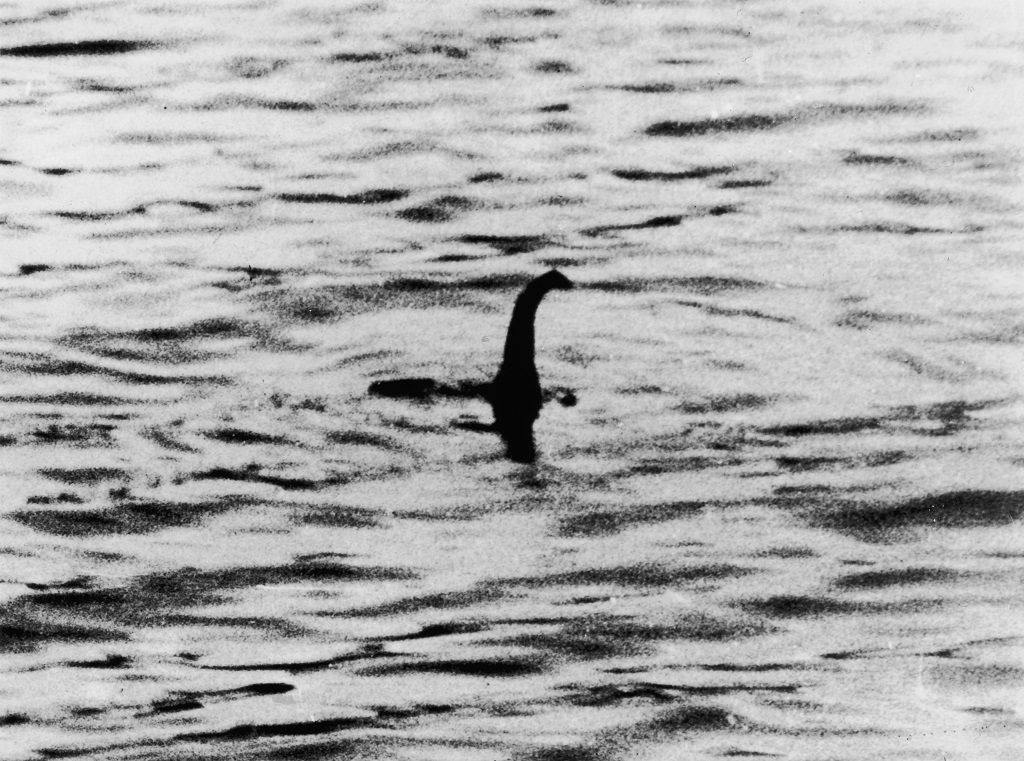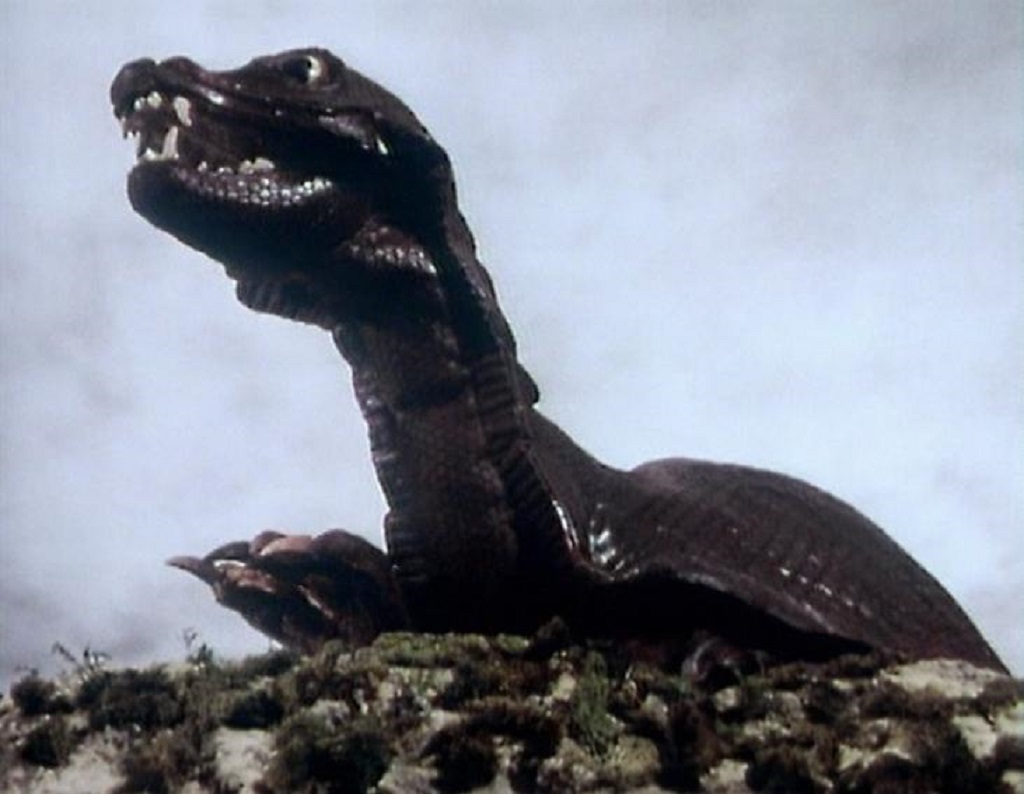
10 fascinating facts about the Loch Ness Monster
The Loch Ness Monster has been a source of mystery and fascination for over a thousand years.
From its earlier reported sighting to the modern day, the waters of Britain’s largest body of fresh water have intrigued the world.
A New Zealand scientific team this week revealed their findings after studying DNA traces found in the waters of the loch, and suspect that Nessie could be a large eel.
Here’s 10 fascinating Nessie facts.
The mystery begins
The first reported instance of Nessie spotting came in 565AD when St Columba took a swim in Loch Ness. It appears in the Life of St Columba by Adomnan. According to Adomnan, St Columba was staying in the land of the Picts when he encountered local residents burying a man by the River Ness. They explained that the man was swimming in the river when he was attacked by a ‘water beast’ which mauled him and dragged him underwater. The beast approached Columba, but he made the sign of the cross and said: ‘Go no further. Do not touch the man. Go back at once.’ The creature stopped as if it had been ‘pulled back with ropes’ and fled.
Modern sighting
On April 14, 1933, the first modern sighting of Nessie was reported, when a couple claimed to have seen something unusual as they drove past Loch Ness. John Mackay and his wife saw ‘something resembling a whale’ as they passed the freshwater loch on a nearby road. The story appeared in a newspaper on 2 May 1933.
Prints charming
In 1933, a newspaper reported that a Madmaduke Wetherall had found footprints on the shore of the loch, after they sent him to look for Nessie. The British Museum of Natural History investigated, and later the prints had been made with a stuffed hippopotamus foot.
The famous photo

The famous picture of the Loch Ness Monster
The most famous picture of Nessie, showing a creature with a long neck, was taken in 1934. It was later found to be a hoax and became known as The Surgeon’s photo as the photographer refused to be associated with the image.
Deep thinking
The 1987 Operation Deepscan was the largest search for the Monster to date costing around £1million. After three days of scouring the deep waters with state-of-the-art sonar equipment, the biggest search for Nessie ended inconclusively. A fleet of 24 boats had spread out over Loch Ness. At one part of the lake, opposite Urquhart Castle, the sonar apparatus had detected three large objects at depths of between 256 and 590 feet. A researcher said that the sonar traces would be consistent with a creature – or creatures – ‘larger than a shark but smaller than a whale’. However, the boats failed to pick up any traces when they were sent to the same part of the loch on the second and third days of the operation.
BB-see?
The BBC sponsored a search for Nessie in 2003 but no animals were found. Using 600 separate sonar beams and satellite navigation technology to ensure that none of the loch was missed, the team surveyed the waters. They hoped the instruments aboard their search boat would pick up the air in Nessie’s lungs as it reflected a distorted signal back to the sonar sensors. Scientists involved in the BBC expedition later declared the Loch Ness Monster a myth.
Elementary, my dear Nessie
The Loch Ness Monster featured in the 1970 film, The Private Life of Sherlock Holmes, which starred Robert Stephens and Christopher Lee. The 30-foot long model of the creatre was found on the loch bed in 2016 during a sonar search by Kongsberg Maritime. It’s thought the model sank after its buoyant humps were removed.
Doctor’s appointments

The Skarasen, the Loch Ness monster from Doctor Who – Terror of the Zygons, shown in 1975
The Loch Ness Monster has featured in Doctor Who twice, in 1975’s Terror of the Zygons, when Tom Baker’s Doctor met the creature. It was revealed to be a Skarasen, an alien creature which was the pet of the Zygons, a shape-changing race. It attacked Parliament, before returning to Loch Ness. A second story, Timelash, in 1985 with Colin Baker’s Doctor, showed how the cruel alien Borad, ruler of the planet Karfel, escaped into the loch. Fans speculate that the Skarasen ate the Borad.
Loch Ness Monster, where are you?
The famous cartoon dog, accompanied by his friends Shaggy, Fred, Velma and Daphne travel to Scotland to visit Daphne’s family at Blake Castle, the home of her Scottish ancestors. The castle grounds host a Highland Games, and learn from Daphne’s cousin Shannon that the castle has recently been terrorised by the Loch Ness Monster. Of course, it’s not really a monster, in true Scooby style.
Cheers, Nessie!
Cheers star Ted Danson starred in Loch Ness, alongside Joely Richardson, a 1996 Hollywood film about the monster. Although partly shot around Loch Ness in Scotland, the external hotel and village scenes, where most of the story takes place, were filmed at Lower Diabaig in the north-west Highlands. Nessie was revealed to be a plesiosaur, befriends humans, and at the end, swims through the loch, accompanied by an infant monster.
TAGS

